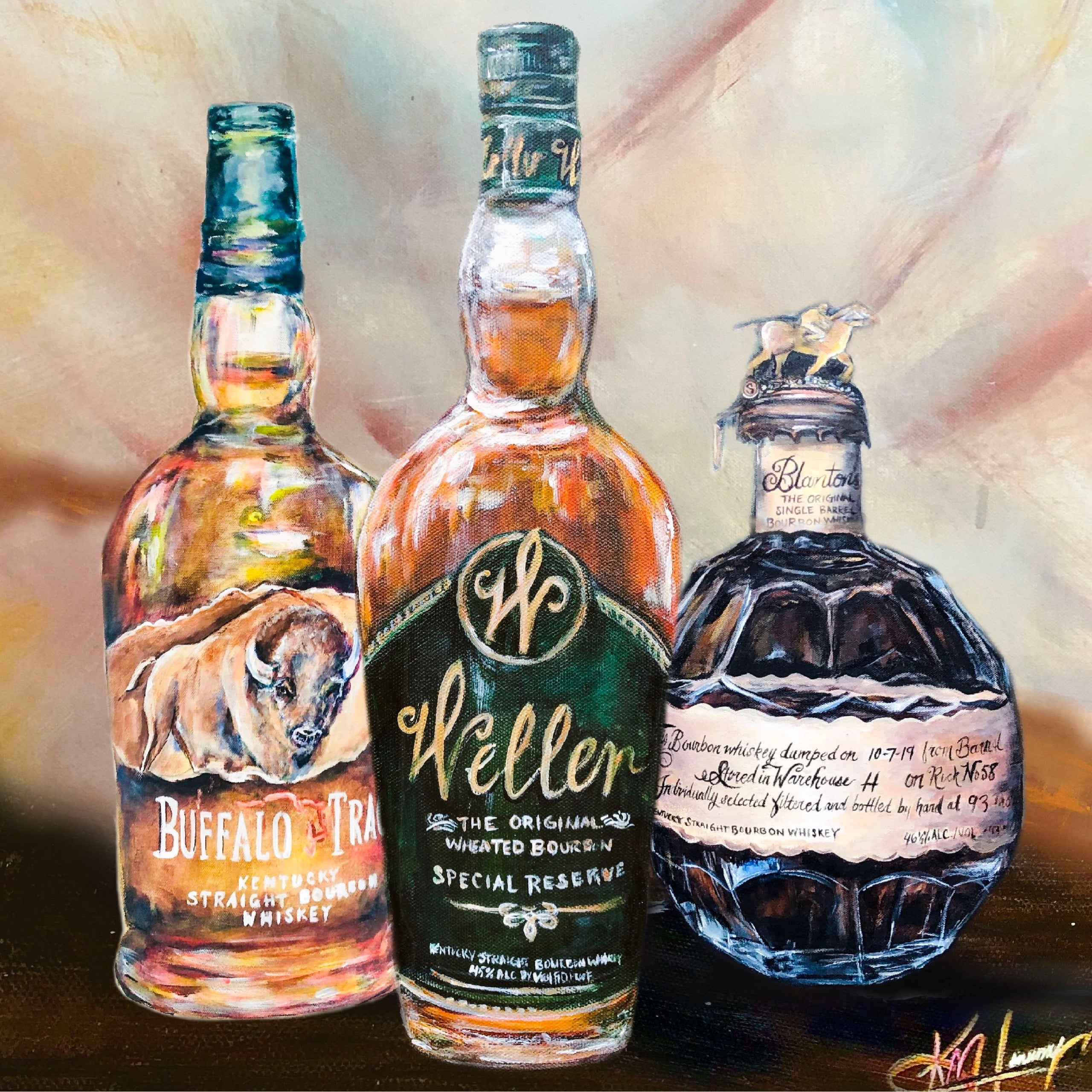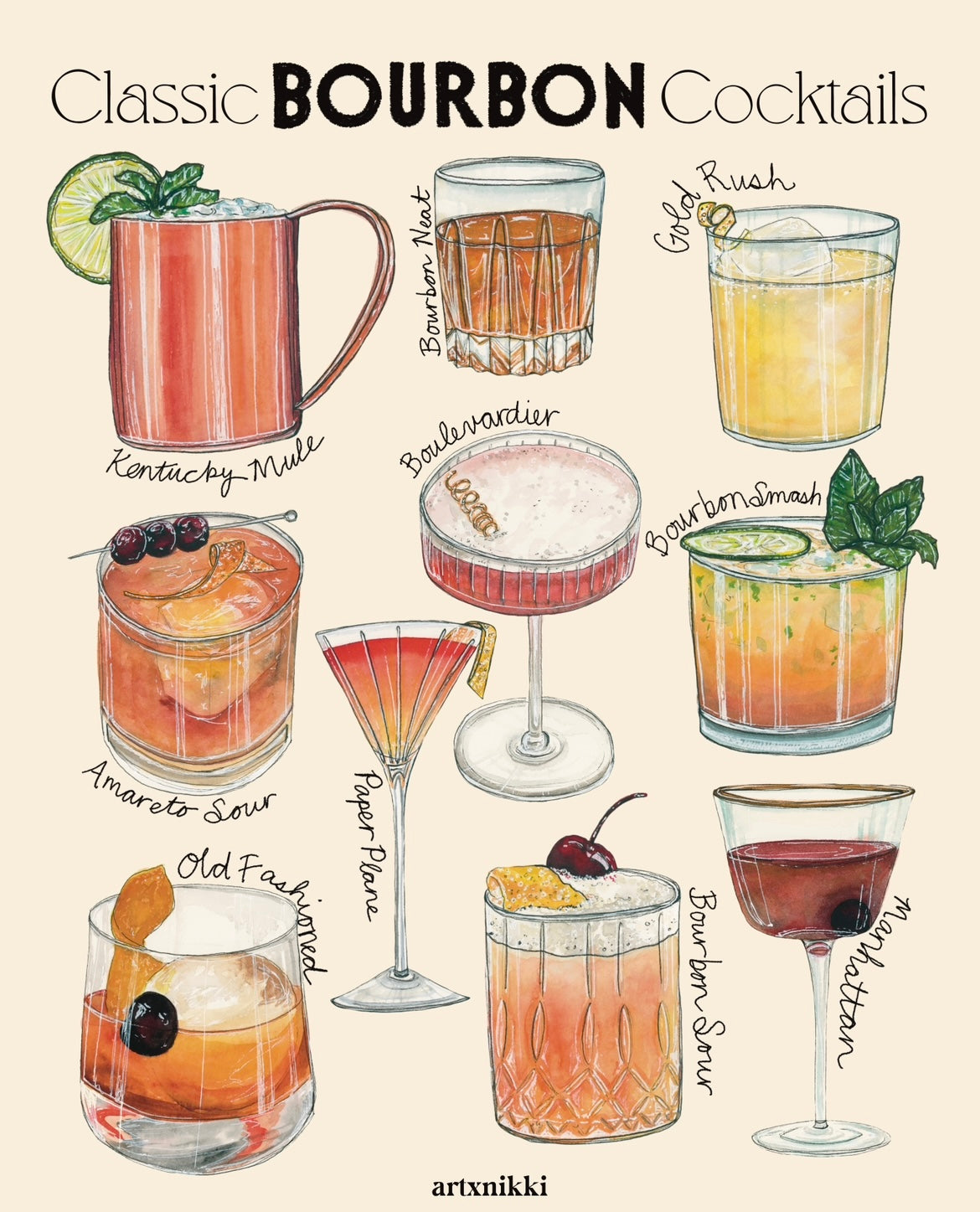Revealing the Beauty of Bourbon Art: A Homage to Craft Distillers
The Importance of Whiskey Art in Celebrating Heritage and Craftsmanship in the Beverage Industry
The intricate partnership in between whiskey art and the celebration of heritage and craftsmanship within the drink sector can not be overstated. With attentively designed containers and labels, scotch brands encapsulate their historical roots and the artisanal skills that define their production methods.
The Historical Roots of Whiskey
At the heart of whiskey's appeal exists a rich tapestry of historic origins that map back to old civilizations. The origins of whiskey can be linked to the purification methods of the Sumerians and Babylonians around 2000 BCE, where early types of fermented grain beverages started to emerge. Nevertheless, it remained in the Middle Ages that the art of purification evolved substantially, particularly in Ireland and Scotland, leading to the production of bourbon as we understand it today.
The term "bourbon" itself stems from the Gaelic word "uisce beatha," indicating "water of life." This expression emphasizes the cultural significance of bourbon in Celtic societies, where it was commonly connected with rituals, parties, and common bonding. By the 15th century, distillation came to be an acknowledged craft within reclusive communities, leading the way for the establishment of legal distilleries.
As profession routes broadened, bourbon's popularity expanded, going beyond local limits and capturing the passion of lovers worldwide. Bourbon Art. This historical trip mirrors not only the craftsmanship behind scotch production but likewise its indispensable function in social and social contexts, noting it as a considerable drink throughout history
Artistic Expression in Branding
Whiskey branding stands as a compelling junction of artistry and commerce, where aesthetic identity plays an important function fit consumer assumption. The aesthetic appeals of whiskey tags, product packaging, and advertising products reflect not only the brand's tale but likewise its core worths and heritage. Through artistic expression, distilleries share a narrative that resonates with consumers, stimulating feelings and sparking links.
Using shade, typography, and images in branding offers to set apart items in a saturated market. For instance, standard themes might stimulate a feeling of credibility and craftsmanship, while modern-day styles can signify development and forward-thinking. This tactical imaginative direction enhances brand recognition and commitment, allowing consumers to build a personal connection with the scotch they choose.
In addition, imaginative expression in branding usually works as an event of regional heritage. Distilleries often incorporate neighborhood signs or historic referrals into their layouts, developing a local color that invites consumers to participate in a more comprehensive cultural experience. Eventually, the artistry behind scotch branding not just improves aesthetic allure but also enhances the general story of the brand name, fostering a much deeper gratitude for the craftsmanship and heritage ingrained in each bottle.
Workmanship in Container Style
The virtuosity obvious in bourbon branding extends beyond aesthetic identification to encompass the workmanship associated with container layout. Each container acts as a vessel not just for the spirit within, yet additionally for the tale it outlines its quality, practice, and origin. The style process calls for careful attention to detail, as elements such as form, closure, and material contribute substantially to the overall perception of the bourbon.
Craftsmanship in bottle layout includes selecting top quality glass that can enhance the scotch's color and quality, while additionally giving a tactile experience for the consumer. The silhouette of the bottle need to be both functional and aesthetically enticing, commonly showing the heritage of the brand name. Numerous distilleries opt for one-of-a-kind shapes or printed logo designs that stimulate a feeling of authenticity and history.
Additionally, the label layout and typography play an essential duty in connecting the brand name's narrative. Bourbon Art. A well-crafted container not just mesmerizes the customer's eye yet additionally enhances the brand's commitment to quality and practice. In this way, the workmanship of bottle layout comes to be a vital facet of the scotch experience, merging creativity with a profound regard for heritage
Cultural Relevance of Bourbon Art
Commemorating custom and workmanship, the social relevance of scotch art transcends plain appearances, linking with the historic and social narratives of the regions where it stems. Each bottle serves as a canvas, depicting the unique tales, folklore, and practices that have formed neighborhood whiskey-making practices. The elaborate styles frequently reflect the heritage of the distillers, integrating icons and concepts that resonate with the culture and worths of their neighborhoods.

Furthermore, whiskey art plays an essential function in communal gatherings and celebrations, acting as a substantial link between people and their shared experiences. By valuing the artistry in whiskey product packaging, consumers cultivate a much deeper understanding and regard for the craft, inevitably enriching their satisfaction of the drink itself.
Modern Trends in Whiskey Presentation
In recent times, the discussion of bourbon has developed to read the full info here show modern preferences Get More Info and fads while still recognizing traditional workmanship - Whiskey Art. Distilleries are progressively concentrating on visual aspects that enhance the overall alcohol consumption experience, bridging the space in between heritage and modernity
Ingenious container styles have emerged, commonly incorporating sustainable products and artistic tags that tell compelling tales. Several brands now collaborate with neighborhood musicians, infusing their items with distinct aesthetic expressions that resonate with consumers. Additionally, limited-edition launches are typically packaged in collectible containers, adding value and allure for connoisseurs.

Conclusion
In final thought, whiskey art serves as a vital avenue for sharing the heritage and workmanship integral in the drink industry. With elaborate branding, cutting-edge bottle layouts, and culturally substantial imaginative components, whiskey brand names successfully recognize their practices and connect with customers.


Workmanship in container style entails picking top notch glass that can enhance the bourbon's shade and clarity, while also offering a tactile experience for the consumer. In this method, the workmanship of bottle design becomes an important explanation element of the whiskey experience, combining virtuosity with an extensive regard for heritage.
In final thought, scotch art offers as an essential channel for revealing the heritage and workmanship inherent in the beverage sector.